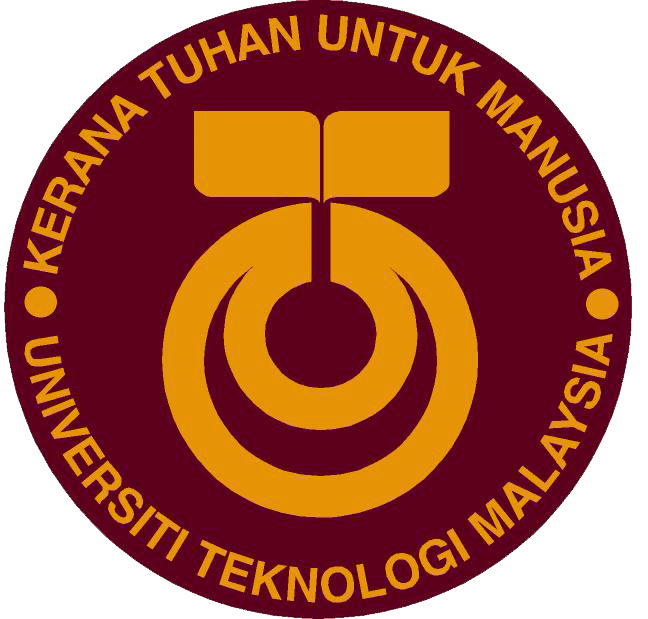Over the years, we have been inundated by questions, assumptions, generalisations and statements on the relative effectiveness of the Matriculation program, as compared to STPM as the preparation program for students to enrol in Malaysian universities. I could group them into three most frequently made assumptions/generalisations (FMA) that unfortunately covers only the tip-of-the-iceberg of matters pertaining to the effectiveness of the matriculation system. ‘
Below are my views on the three FMA issues raised based on my more than two decades of direct experiences and observations as an academic Head of Department, a Faculty Dean and a Deputy Vice Chancellor managing academic affairs including student admissions; and based also on my eight years of experiences studying overseas for my first degree, master and PhD.
FMA-1:
“The Matriculation Program’s objective is to increase the number of Malay students entering university especially into STEM programs. As they progress to the later years, they begin to fall back as compared to the students who go through the STPM stream”.
View-1 ZM:
First of all, there are other intake channels like diploma, special direct entry programs, Asasi, other foundation programs as well as international students to also compare from. It is therefore interesting that Matric has been the focus of comparison with STPM.
OK, let us assume that there is this perceived FMA-1 trend. Even so, it would be preposterous to make an apple to apple comparison for the issue, let alone conclude, due to various key factors. Among the most important factors influencing students’ performances include the duration of study (e.g. typically 12 months (Matric) vs 18 months (STPM) and the average relative qualifications (e.g. SPM results) of students entering both Matric and STPM programs.
Students socio-economic background is also a key issue to look at. More objective and thorough study has been, and is being done to establish conclusive outcomes that are influenced by the aforementioned factors among other things.
FMA-2:
“The non – Malay students who enter university with STPM have more sustaining power and stronger foundation for self learning. Thus, the STPM students show better results in their university studies. “
View-2 ZM:
It is quite obvious that a program with a longer study time (e.g. 18 months for STPM versus 12 months for matric) should be able to produce students who could perform better. This is assuming students entering the Matric and STPM programs have comparable pre-Matric/pre-STPM qualifications (e.g. SPM) in the first place. It is well-known that pressure of time has led to more emphasis on exam results (as opposed to achieving more important learning outcomes).
An entire semester extra could often mean that a lecturer is better able to implement active learning, implement projects, work with industry, introduce extra-curricular programs and ultimately provide students with more immersive learning experience and therefore a lot better chance to achieve the program learning outcomes.
FMA-3:
“The 90% quota for Bumiputera in the Matriculation Programme actually turn them into low achievers as compared to the non Malay students who enter university the harder way through Form VI (STPM)”
View-3 ZM:
Again, this has nothing to do with race. For example, students who have comparable pre-university qualifications, no matter what their races are, (if they are) sent directly to do degree overseas, or to do degrees under the same preparation program, would have comparable chances of being successful regardless of their races. We have seen many living examples of these graduates.
The recent back-to-back news of the outstanding achievements of Malaysian students at Penn State University and at University of Arizona in the USA (among all students of their same university-batch from across the world), are just some of the recent examples that the issue is race-blind. This is a fact backed by our own experiences during our overseas study years.
Don’t Forget the Big Picture
It is vital to note that the current Matric system is an intervention program catering for less than 6% (or 25,000) out of an average of 400,000 secondary school students (nearly 422,000 in 2018) who sit for the secondary school exam every year in Malaysia.
It is heartening to see that efforts are in progress toward strengthening the Matric program, including harmonising it with STPM with the aim of meeting the goals of inclusively future-proofing students for higher education. Given the right duration of study, more holistic and immersive, as well as experiential and problem-based alternative approaches with less exam-orientation; students could be better prepared for higher education.
Apart from their overwhelming task to address our no 1 priority, which is the fundamental limitations of Malaysia lower education, the Pakatan Harapan (PH) government through the Ministry of Education (MoE) is intensely dedicating efforts to provide inclusive opportunities for the 94% school leavers to pursue higher education via numerous other avenues.
Given the one short year of receiving the mandate to serve the rakyat, I feel that the PH government and the MoE have made outstanding progress and inroads while battling steep challenges in transforming the basic and higher education systems for Malaysia, through its nine core achievements (9 Teras Pencapaian KPM).
Let us put our differences aside and do our all to provide the much needed support for MoE and the government to take Malaysia education system to stellar heights.
Professor Ir Dr Zainuddin Abdul Manan is the Deputy Vice Chancellor (Academic and International), Universiti Teknologi Malaysia
https://www.utm.my/dvcai/biography-of-prof-dr-zainuddin-abdul-manan/

By :
Professor Ir Dr Zainuddin Abdul Manan
Deputy Vice-Chancellor (Academic and International), Universiti Teknologi Malaysia



